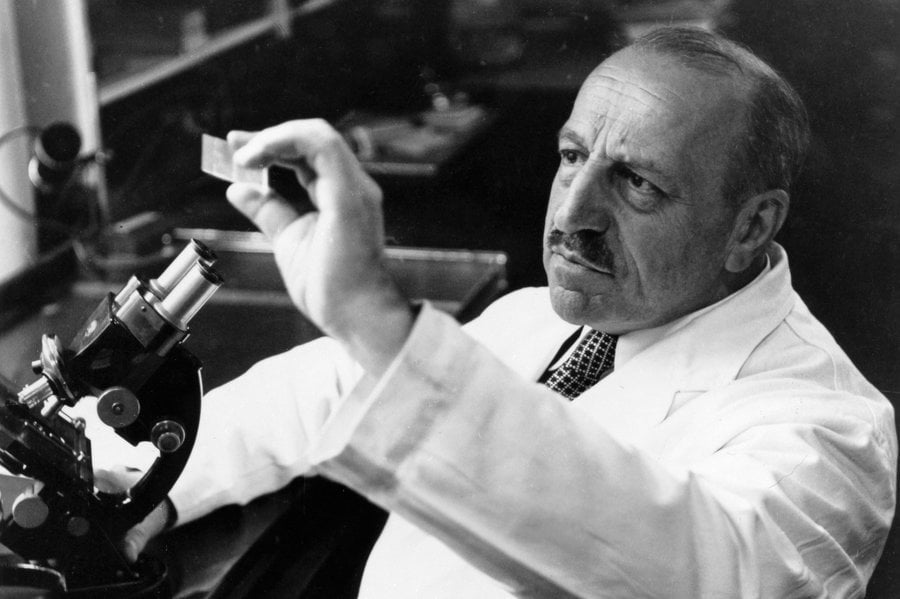
A new US film that highlights the Greek doctor’s George Papanicolaou cancer breakthrough in the 1920s premieres on PBS stations on March 26th.
“The Cancer Detectives,” tracks the fascinating and surprisingly frustrating backstory of the Pap smear, a cervical cancer screening test that’s now routine but was once anything but.
The film takes viewers back to the days before Pap smears, a time when cervical cancer was rightfully feared by patients and doctors alike. A century ago, cervical cancer was a major killer of women. Early detection was impossible, and sexual stigma and shame kept women from discussing it.
Film documents struggle to legitimize Papanicolaou’s test
Hence, it’s not surprising that when an immigrant physician from Greece, George Papanicolaou, nicknamed “Dr. Pap,” discovered a way to detect changes in cervical cells, his breakthrough was largely disregarded by the scientific community.
It would take a massive public relations war against the unspeakable cancer to make the Pap smear a routine part of cervical cancer screening—a war waged in part by Black OB/GYN Helen Dickens, Japanese American illustrator Hashime Murayama, and a group of women committed to cancer prevention.
The film documents the sometimes maddening hurdles they faced, from Murayama’s arrests for being an “enemy alien” during World War II to the racism and sexism that Dickens faced as she attempted to practice medicine and spread the news about cervical cancer screening.
Papanicolaou’s “Pap test” was resisted by the scientific community
Papanicolaou was born in Kymi, Evia in 1883. He was the son of a doctor but began his academic career in Athens studying music and the humanities rather than medicine.
Under his father’s influence, he moved into medicine, first as an army surgeon and then by treating people suffering from leprosy near his hometown.
His inquiring mind drove him further into the sciences, and in 1910, he graduated with a PhD in Zoology from the University of Munich.
After getting married and serving in the military medical corps again in the First Balkan War, Papanikolaou emigrated to the U.S. in 1913, setting out on the hard road previously trodden by many Greek immigrants.
Forced to rely on any work available in order to support himself, he labored as a salesman, clerk, and even a violin player in a Greek restaurant before finally establishing himself at New York University’s Pathology Department and Cornell University Medical College’s Anatomy Department.
It was in 1928 that Papanicolaou developed a technique to take samples from the cervix and examine them under a microscope. That technique is now known as the
Pap smear or Pap test.
However, due to resistance from the scientific establishment of the day, it was not until a 1943 paper written with gynecologist Herbert Traut was published that Papanicolaou’s findings gained wider acceptance.
His work later developed into the fully-fledged discipline of cytopathology which studies disease at a cellular level.
He was the recipient of numerous awards, including the Albert Lasker Award for Clinical Medical Research from the American Public Health Association in 1950 and the Medal of Honor from the American Cancer Society in 1952.
See all the latest news from Greece and the world at Greekreporter.com. Contact our newsroom to report an update or send your story, photos and videos. Follow GR on Google News and subscribe here to our daily email!



